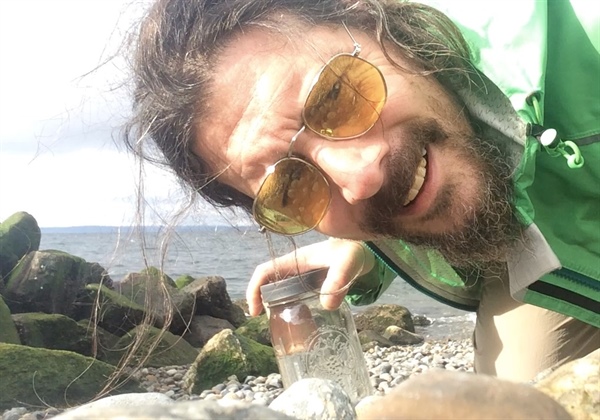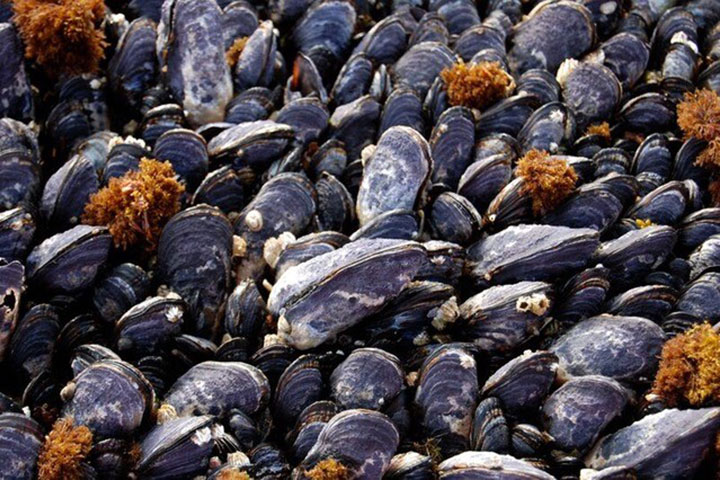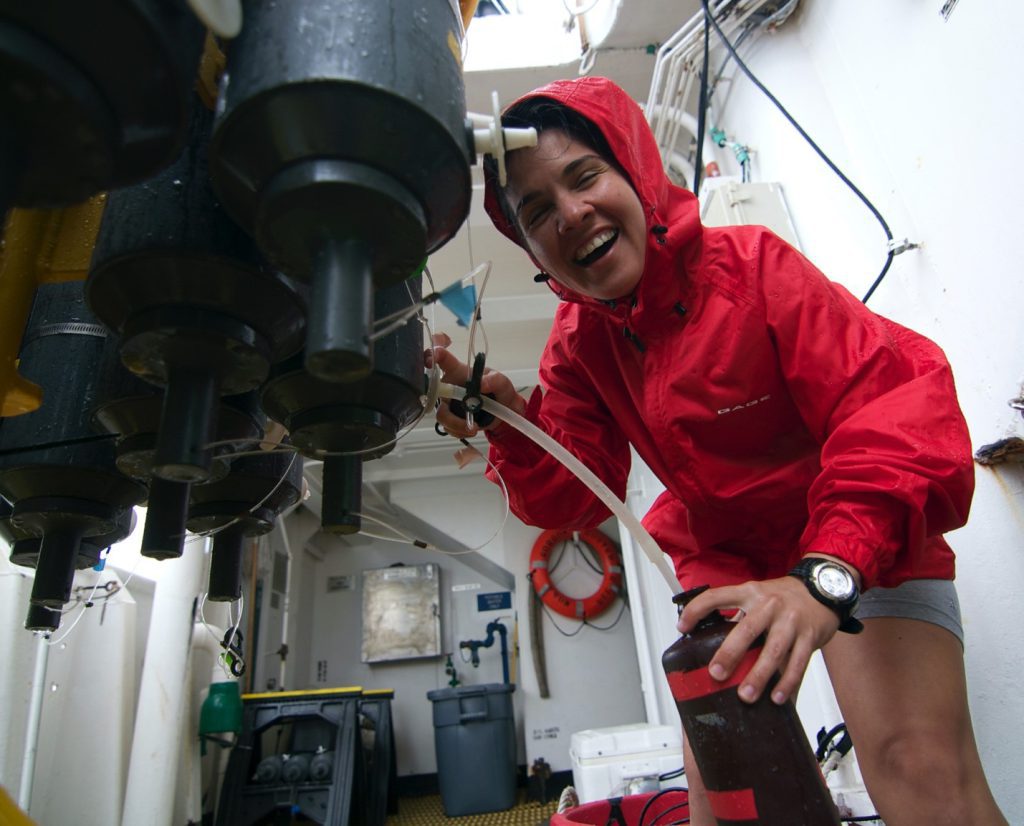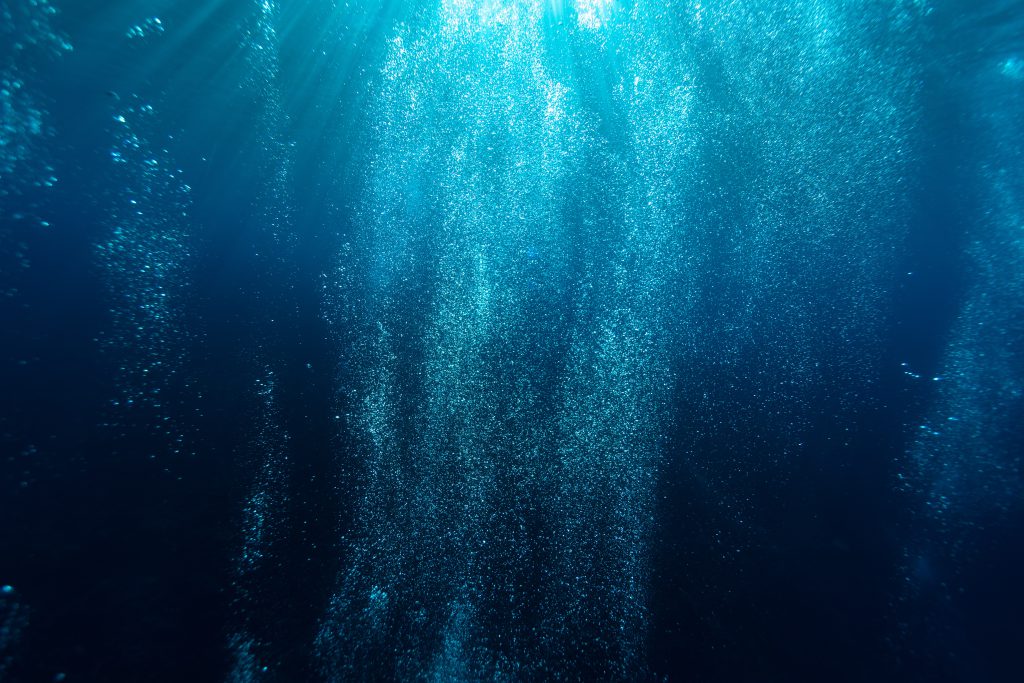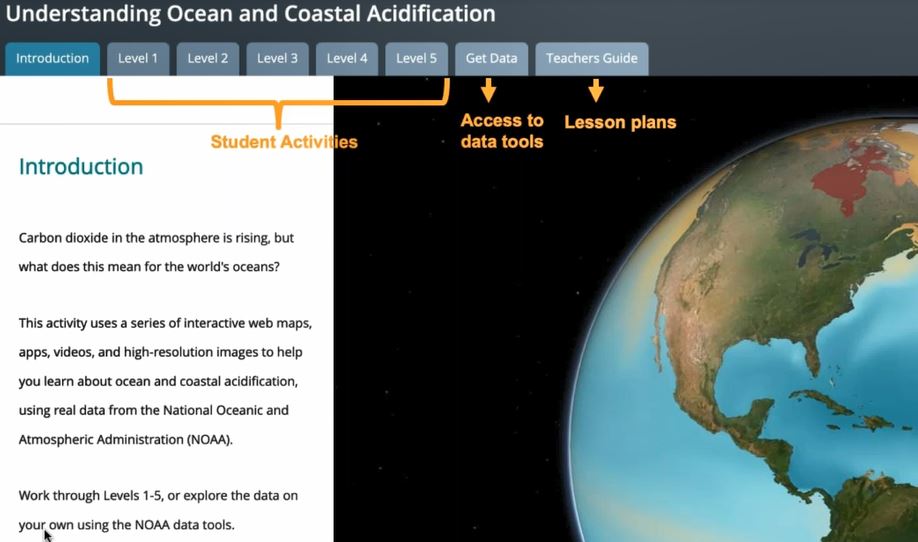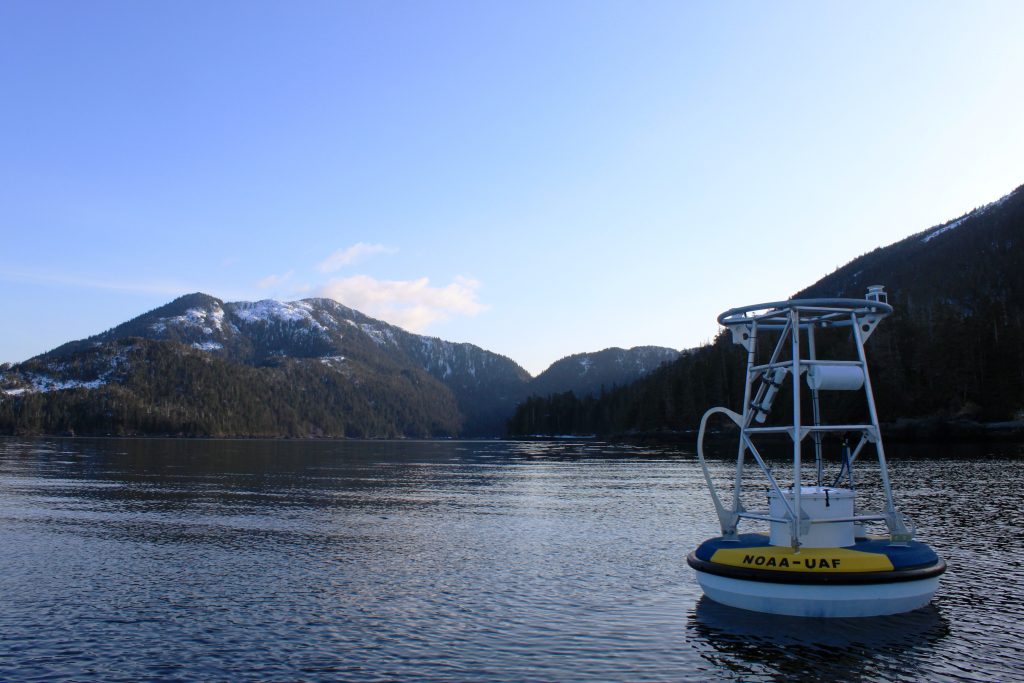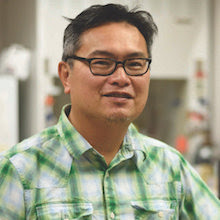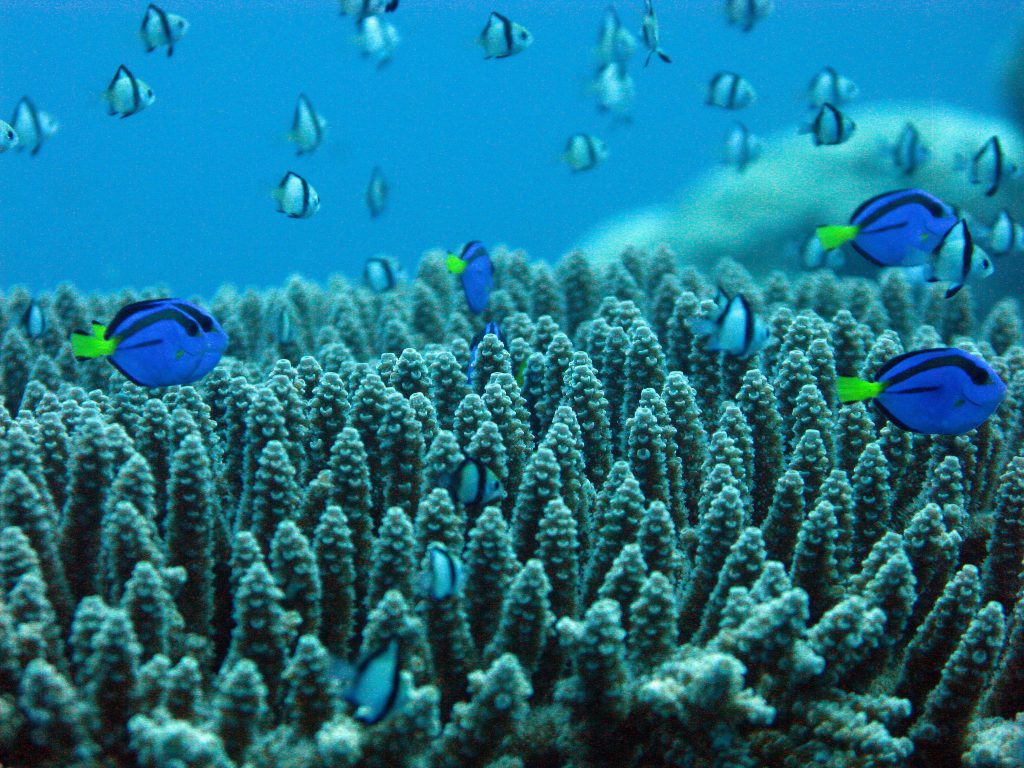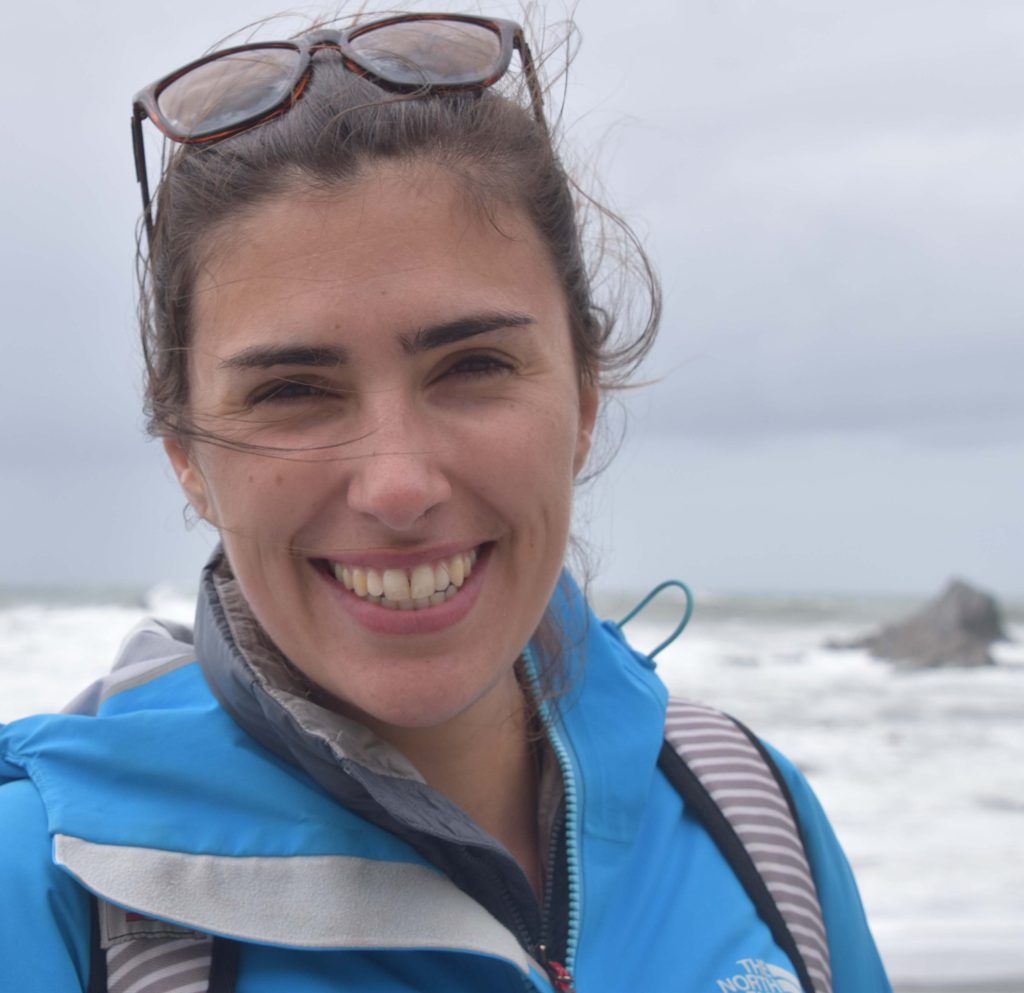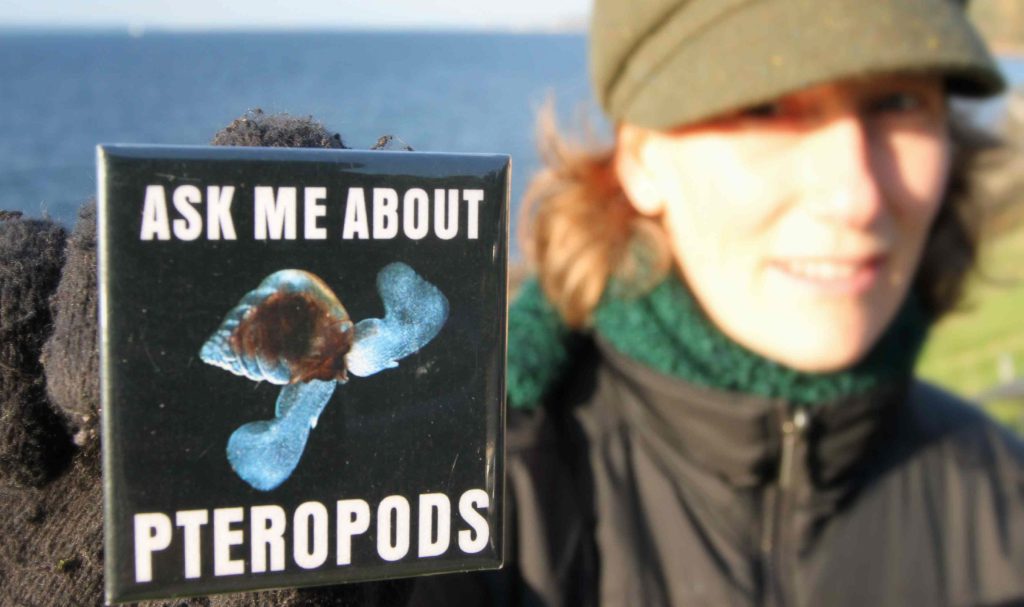Keepin’ it Real: Connecting Ocean Acidification to Watershed Health and Promoting Student Action
On June 1st, 2022 Dr. Jason Hodin of the University of Washington Friday Harbor Labs presented the “Our Acidifying Ocean” program and an overview of related environmental curricular tools for both inside and outside the classroom. Our Acidifying Ocean provides a meaningful, accurate and interactive educational content for high school and college students regarding ocean […]
